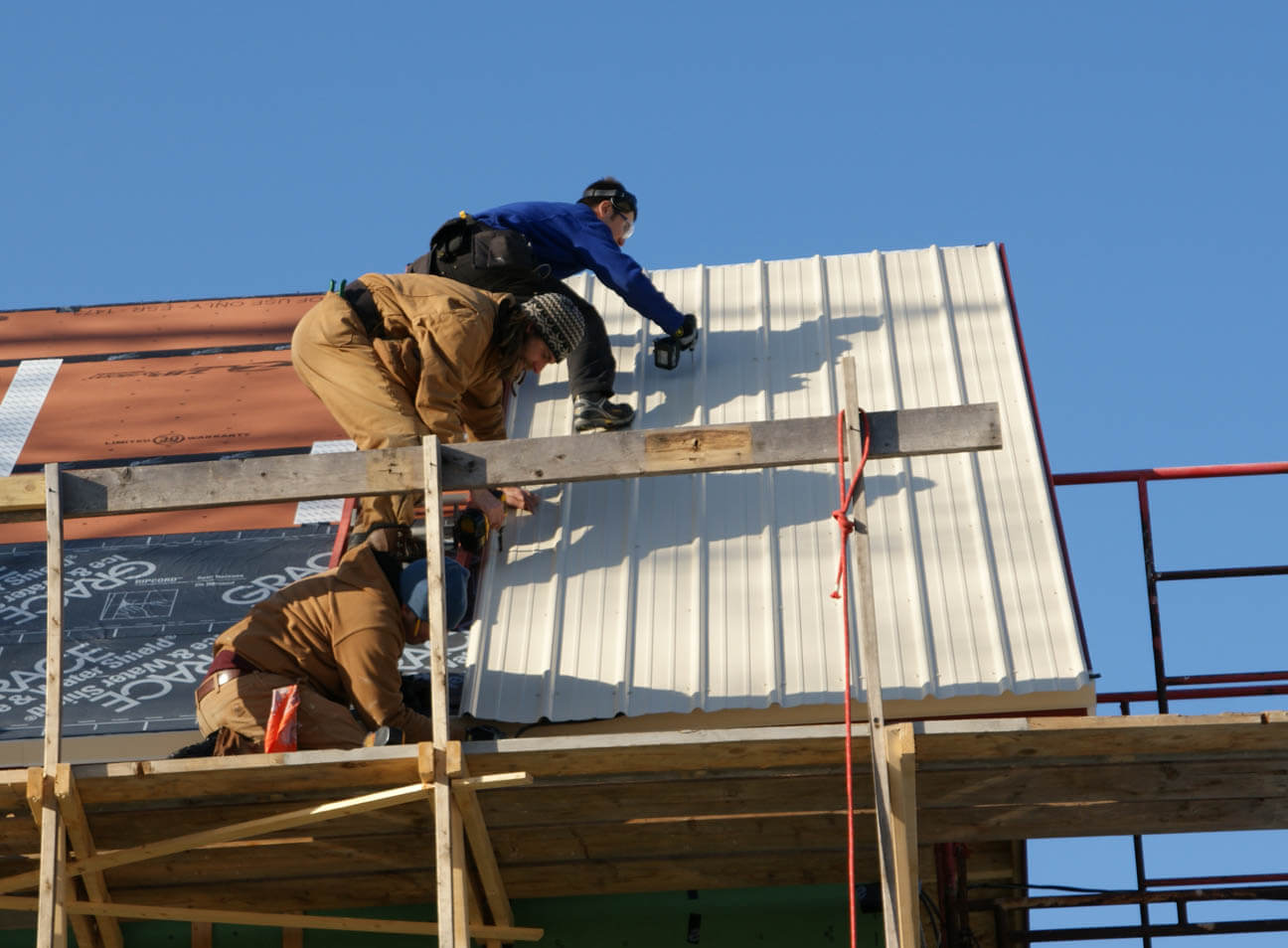Roofing is a critical element of architecture for a number of important causes:
Protection from the Elements: One of the first features of a roof is to supply shelter and safety from environmental parts similar to rain, snow, wind, and extreme temperatures. It prevents water from entering the constructing, which may trigger structural damage, mould progress, and other points.
Structural Integrity: Roofs play an important role in sustaining the structural integrity of a building. They distribute the weight of the roof and any loads (e.g., snow) evenly to the walls and foundation. A well-designed and properly constructed roof ensures the soundness and safety of the entire structure.
Aesthetics and Design: Roofs are a visible and prominent a half of a building's exterior. Architects use roof design to reinforce the general aesthetics of a structure. The shape, material, and style of the roof can contribute to the architectural character and appeal of a building.
Environmental Considerations: Sustainable structure locations an emphasis on vitality effectivity and environmental duty. Roofing materials and design can influence a building's vitality efficiency. For instance, cool roofs can mirror extra sunlight and take in much less heat, reducing cooling costs and concrete warmth island results.
Natural Lighting and Ventilation: Roof design can incorporate features like skylights, dormers, and roof vents to supply pure lighting and air flow within a building. This can enhance indoor comfort and reduce the necessity for artificial lighting and mechanical air flow.
Historical and Cultural Significance: In some architectural styles, such as Gothic or Victorian, the roof can be a key element that displays the historical and cultural context of a constructing. Metal Roof Replacement and shapes can tell a story about the era in which a structure was constructed.
Space Utilization: Roof design can create extra usable house inside a constructing, such as attic rooms, rooftop gardens, or outdoor residing areas. Architects often consider how to maximize house and performance when designing roofs.
Energy Efficiency: Energy-efficient roofing supplies and design can contribute to a constructing's total power efficiency. Proper insulation and ventilation might help regulate indoor temperatures and cut back heating and cooling costs.
Safety and Fire Resistance: Roofing supplies are chosen with safety in mind. Some supplies, like fire-resistant roofing, might help stop the spread of fires in a building, providing priceless time for occupants to evacuate.
In summary, roofing is a elementary facet of architecture that combines practical and aesthetic considerations. It not solely protects the interior of a constructing from the elements but additionally contributes to the overall design, sustainability, and security of a construction. Architects fastidiously think about roofing supplies, shapes, and features to attain their design targets whereas making certain the consolation and well-being of constructing occupants..

